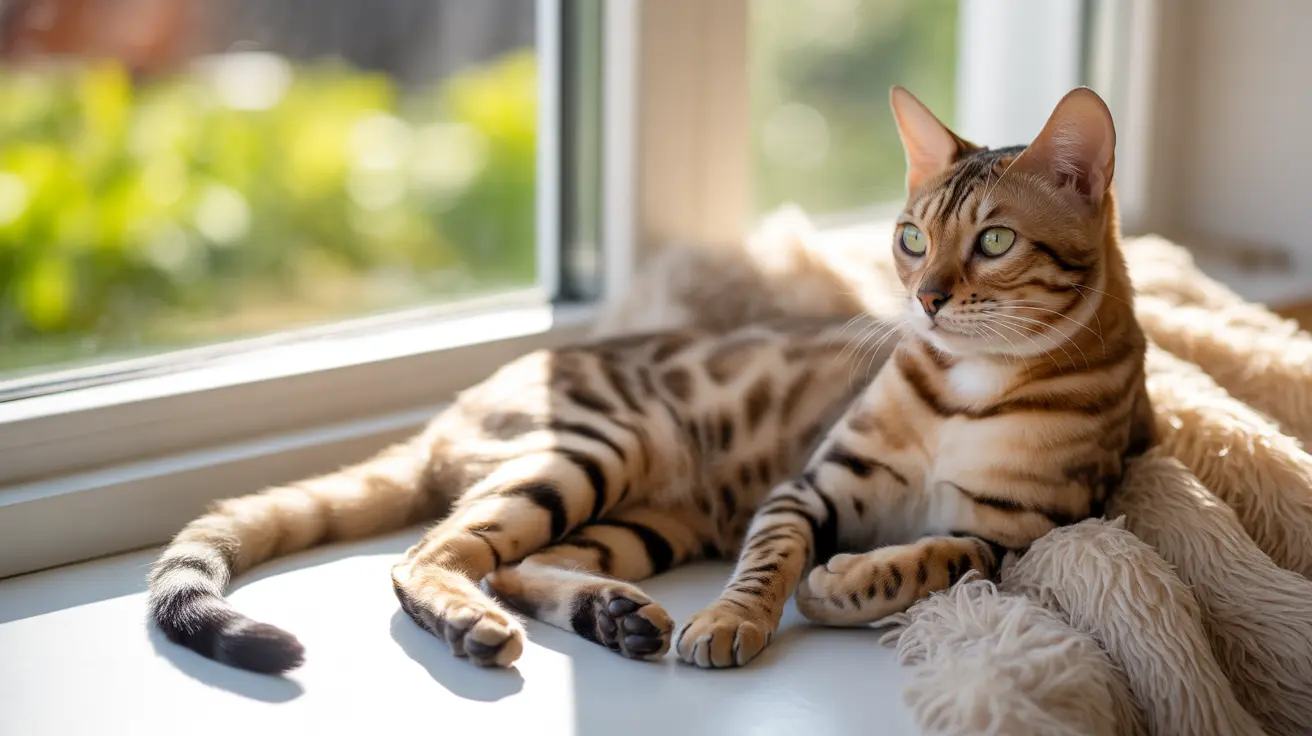Understanding Why Dogs Get the Zoomies
Dog owners everywhere are familiar with the sudden, unpredictable energy burst their pets occasionally experience—commonly known as the zoomies. Scientifically referred to as Frenetic Random Activity Periods (FRAPs), these episodes involve dogs dashing around at high speed, often in circles, usually accompanied by a wagging tail and an excited demeanor.
What Exactly Are the Zoomies?
The zoomies are spontaneous outbursts of energy that typically manifest in frantic running, sharp turns, play bows, and general excitement. While they may seem erratic or even concerning to new pet owners, zoomies are considered a natural and harmless behavior in most dogs.
Common Triggers for the Zoomies
- Excess Energy: Dogs, especially young and active breeds, may get the zoomies when they have pent-up energy, especially after being confined or inactive.
- Joy and Excitement: Dogs may express their happiness and elation after a bath, a meal, or seeing a favorite human or dog friend.
- Stress Relief: Dogs might zoom as a way to relieve stress or alleviate nervous tension built up from anxiety-inducing events.
- After Pooping: Many dogs enjoy a good zoom after relieving themselves, possibly due to the release of physical discomfort or excitement.
- Environmental Stimulation: A new or stimulating environment like a beach or open field can inspire a sudden case of zoomies.
Are Zoomies a Sign of a Problem?
In the vast majority of cases, zoomies are a sign of a healthy, happy, and well-adjusted dog. However, excessively frequent zoomies might indicate that a dog is not getting adequate exercise or mental stimulation. Dogs need regular walks, playtime, and tasks to occupy their minds.
How to Handle the Zoomies Safely
- Ensure a Safe Environment: Make sure there’s plenty of room and no hazards when your dog gets the zoomies. Slippery floors, sharp furniture, or small spaces can result in injury.
- Don’t Chase: Unless it's part of a controlled game, chasing your dog during a zoomie session can heighten their excitement and make them more difficult to calm down.
- Let It Run Its Course: Most zoomie episodes last only a few minutes. Allow your dog to expend that energy safely, then offer water and check for signs of fatigue.
- Exercise Regularly: Daily walks, games of fetch, and obedience training sessions can help regulate your dog's energy levels and possibly reduce the intensity of zoomie episodes.
Zoomies in Puppies vs. Adult Dogs
Puppies are more likely to experience zoomies due to their boundless energy and rapidly developing brains. As dogs age, these episodes may become less frequent, although some breeds remain naturally energetic throughout adulthood.
When Should You Be Concerned?
While zoomies are usually harmless, there are rare situations where they could point to underlying issues. If your dog is displaying frantic behavior regularly without provocation, or if their zoomies lead to aggressive behavior or accidents, it may be worth discussing with your veterinarian or a canine behaviorist.
Conclusion
In summary, dog zoomies are a perfectly normal part of canine behavior, reflecting excitement, playfulness, or the need to release excess energy. By understanding the triggers and managing their environment, dog owners can ensure their pets enjoy these bouts of joy safely.





